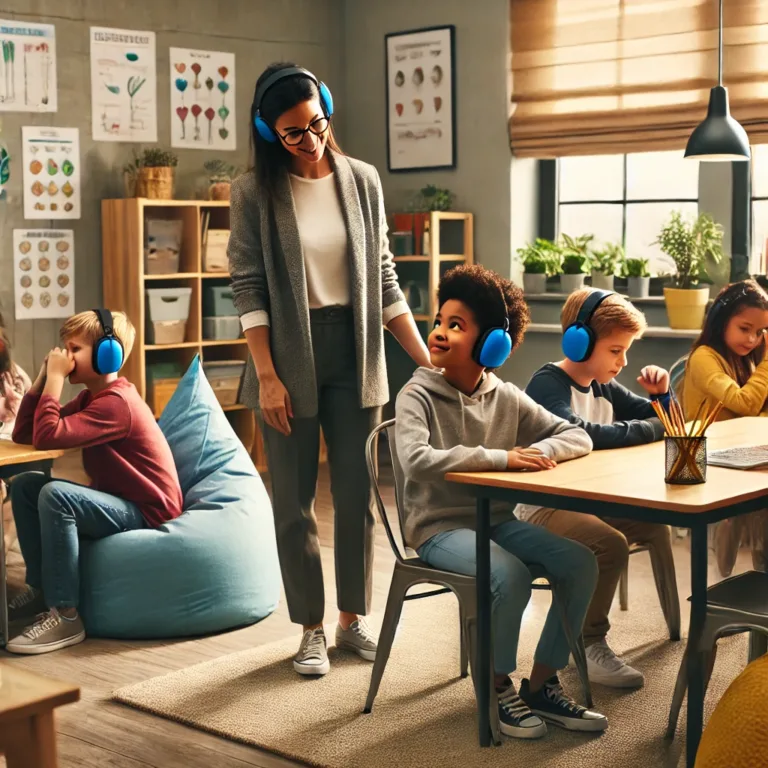No products in the cart.
Embracing Mental Health: A Guide for Children and Teens
In today’s fast-paced world, understanding and caring for mental health has never been more crucial for children and teens. With rising concerns in the field of child and adolescent mental health, it’s essential to empower the younger generation with the knowledge and tools to seek help when needed.
Recent data underscores the significance of mental health issues among young people. For instance, nearly 20% of children and teens in the United States have a mental, emotional, developmental, or behavioral disorder. Moreover, suicidal behaviors among high school students have seen a worrying increase, emphasizing the need for early intervention and support.
It’s often challenging to differentiate between typical growing pains and signs of mental health issues. However, there are key indicators that can signal a need for attention. Persistent behaviors like intense irritability, frequent sadness or worry, drastic changes in eating or sleeping patterns, and withdrawal from social activities are red flags. For older children and teens, signs such as loss of interest in activities, low energy, changes in sleep, excessive dieting or exercise, self-harm, and thoughts of suicide are particularly concerning.
Early treatment for mental health issues is crucial. It can prevent the development of more severe, lasting problems as a child grows. Effective mental health care in childhood and adolescence can set the stage for better overall health and well-being in adulthood.
Innovative approaches like arts and culture-based strategies are emerging as effective tools in supporting youth mental health. These methods, which range from music and visual arts to dance and writing, provide creative outlets for expression and coping. They are not only engaging but can be easily integrated into community and educational settings, making mental health support more accessible and less stigmatized.
Mental health is a crucial part of overall well-being for children and teens. Recognizing the signs, seeking early treatment, and exploring creative methods like arts-based strategies can significantly improve mental health outcomes. As we continue to face a global youth mental health crisis, the need for accessible, adaptable, and effective solutions has never been more urgent.
Sources:
- National Institute of Mental Health: Overview of child and adolescent mental health, including warning signs and the importance of early treatment.
- BMC Medicine: Discussion on the value of arts- and culture-based strategies in supporting youth mental health.



